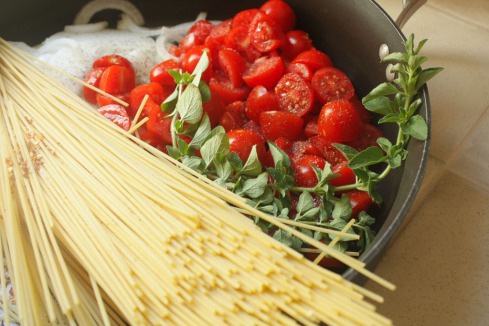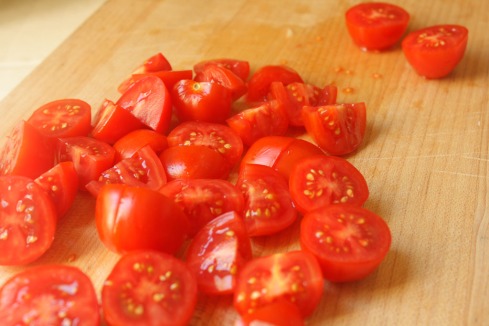When I started my Freshman year of college, balancing academics, extracurricular activities, and socializing while eating healthfully proved to be a considerable feat. Not only did I have less time to spend in the kitchen, but my limited access to fancy equipment and ingredients affected my choice of recipes. Discovering recipes that accommodated my new lifestyle was a learning process, but my love of cooking and homemade food encouraged me to make the commitment.
After sharing my experiences with friends and peers, I found that many people faced a similar dilemma. It turns out that college students long to cook for themselves but find the prospect completely overwhelming. So, after months of writing, planning, and testing recipes, I am thrilled to announce “The Epicurean Dorm,” my new column in USC’s Daily Trojan newspaper. Every week, I will share simple, healthy, and affordable recipes to encourage college students to cook delicious food from scratch. While I created this column with college students in mind, any one with an interest in learning to cook may benefit.
First up: an outstanding, hassle-free pasta with tomato sauce. Simply place all of the ingredients in one pan and stir them together over high heat for nine minutes. The end result is perfectly al dente spaghetti immersed in a luxurious and deeply flavorful sauce. Head over to Daily Trojan for the recipe and full story.
If you make any recipe from The Epicurean Dorm, tag your photos with #theepicureandorm and share them with me on Facebook or Instagram @maral_lavida.























